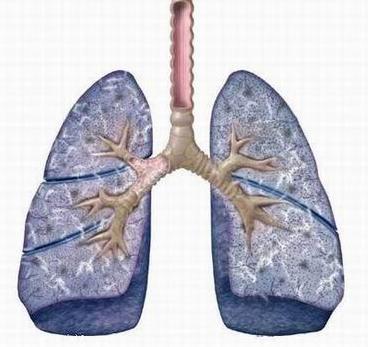Legionnaires disease is a potentially fatal form of pneumonia caused by Legionella bacteria; it’s a hazard anyone responsible for buildings needs to manage. Bacteria thrive in warm conditions are most likely to cause illness when water droplets are inhaled. The risk is greatest for anyone with existing respiratory illness (e.g. asthma) but it can be reduced to a very low level if you apply best practice in maintaining your water system.
- Keep hot water hot and cold water cold! Use thermostats and insulation to avoid warm water in which bacteria thrive: for optimum Legionella control, 50 degrees C is the target temperature for hot water.
- In hospitals, care facilities, special schools and other places with vulnerable users, you must minimise the scalding risk, keeping the temperature of hot water to no more than 44 degrees C.
- Minimise water stagnation, that encourages the growth of biofilm (By flushing through all pipework every quarter)
- Don’t use materials that harbour bacteria and other micro-organisms, or provide nutrients for microbial growth. The Water Regulation Advisory Scheme (www.wras.co.uk) has a free online directory of materials and fitting acceptable for use in water systems. Cover tanks to prevent contamination.
- Keep spray equipment (e.g. Shower heads) clean
- Use water treatment e.g. regular disinfection, to keep the system clean
- Document your arrangements for overall safe operation and maintenance of the water system.











